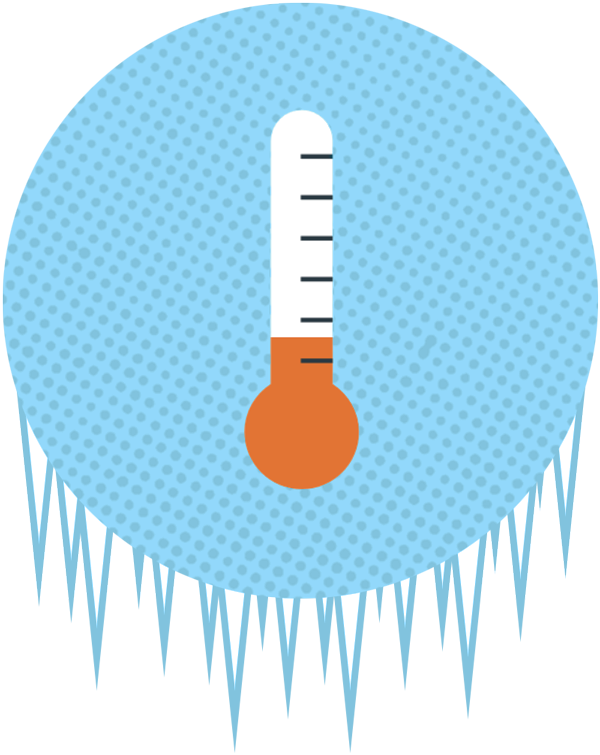
As the region’s independent system operator, ISO New England is responsible for balancing supply and demand on the regional power system at all times. During periods of system stress, such as unexpectedly high consumer demand or the sudden loss of a generating resource, ISO system operators have a number of tools at their disposal, such as calling for additional generation or asking for public conservation.
In extreme situations, after exhausting other options, ISO New England may initiate controlled power outages to prevent a collapse of the power system, which could create damage requiring days or weeks to repair.
Controlled power outages refers to intentionally disconnecting electricity customers to protect the power system during periods when consumer demand outstrips the available supply. This can occur if insufficient generation is available, or if issues on the transmission system prevent the delivery of electricity.
While controlled outages could be necessary at any time of year under the right conditions, the region is most at-risk during the hottest and coldest days of the year. Even under these conditions, the need for controlled power outages is rare.

In the event other tools are unable to mitigate a problem on the grid, the ISO will order the utilities responsible for the affected area to reduce demand on their system. Depending on system conditions, this order could be given region-wide or only in specific portions of New England.
The ISO will give the order as a percentage of consumer demand, and it is up to the individual utilities to accomplish this reduction. Each utility will handle this task in accordance with their own policies and procedures.
The length and scale of controlled power outages depend on the underlying issues on the system. In the case of a system-wide capacity or energy shortfall, the ISO would order controlled power outages region-wide. If the issue only affects one portion of the transmission system, outages would be limited to that area.
In the event controlled power outages are necessary, ISO New England and the region’s utilities will take whatever steps are available to limit the amount of outages needed.
Each local utility has its own plans and procedures for rotating controlled power outages, dependent upon system conditions. The decision to rotate outages is based on several factors, including the expected duration of the emergency and the scale of the required outages.
Utilities endeavor to keep power on at critical facilities, such as hospitals, meaning outages must occur elsewhere. In extreme events, controlled power outages may reach a level that cannot be safely rotated without disrupting critical facilities.

If ISO New England has called for controlled power outages, follow the ISO Newswire or our Twitter feed for the latest information. In addition, your local utility will have information about outages in your area.
If your power remains on, heed calls from public officials for conservation. More energy conservation reduces the need for controlled power outages, allowing more customers to remain connected.
If your power has been disconnected, turn off your light switches and unplug your appliances and other electronics to prevent a power surge when service is restored. A surge could potentially damage your belongings, as well as place a strain on the grid.
Managing outages in a controlled way protects equipment and ensures power can be restored as quickly as possible. The alternative is allowing systems connected to the grid to fail in an uncontrolled way, which would cause a system collapse across New England and beyond. The damage caused by an uncontrolled outage could take days or weeks to repair. The ISO has a responsibility to New England and neighboring grids to prevent such catastrophic failures.
Controlling power outages also prevents the disruption from spreading to other neighboring power systems, as was the case in 2003 when an issue in Ohio spread across the Northeast. The 2003 Northeast Blackout affected 50 million people in the Midwest and in the northeastern US and Canada, claiming three lives and an estimated $4.5 to $10 billion in losses.
In our 25-year history, ISO New England has never called for region-wide controlled power outages. There have been isolated issues over the years, but affected only very small portions of the system and were resolved quickly.
Controlled outages have been more commonplace in other parts of the country. In the past two years, five of the seven independent system operators in the U.S. have to implement controlled outages due to emergencies on their systems.